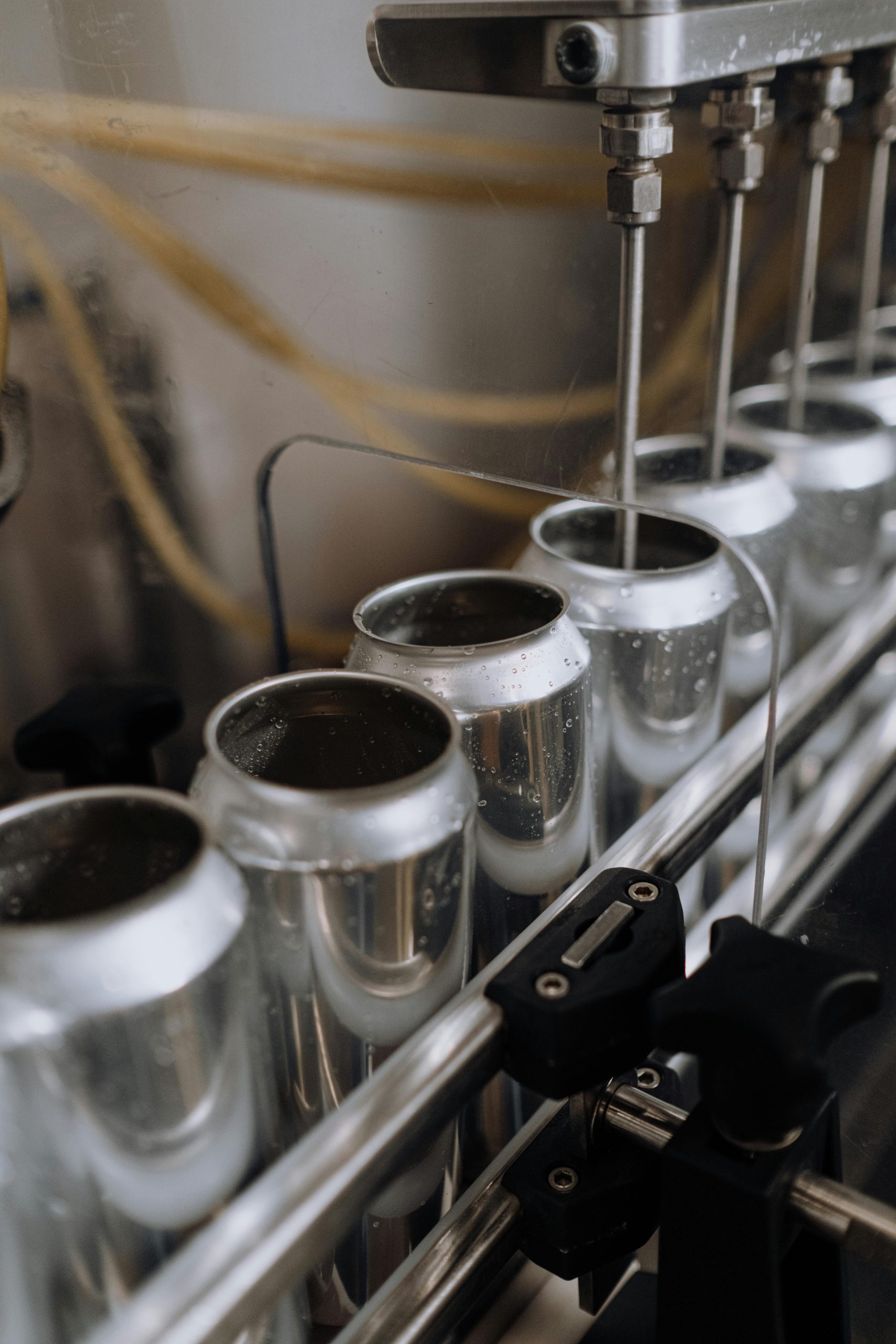The Unfilled Manufacturing Jobs Dilemma in America: An Exploration
In recent years, the American manufacturing sector has become a focal point of economic discussion, especially concerning the notable number of vacancies that remain unfilled. Despite the presence of numerous opportunities, many manufacturing positions across the country struggle to attract candidates. This situation raises an important question: Why are Americans not stepping into the manufacturing roles that are currently available?
Several factors contribute to this ongoing challenge. First and foremost, there is a significant skills gap affecting the workforce. Many manufacturing jobs today require specialized skills and training, which can deter potential candidates who may not possess the necessary qualifications. Additionally, the perception surrounding manufacturing careers has shifted over time. Once viewed as stable and prosperous, these jobs are sometimes considered less desirable than positions in other sectors, leading to a decrease in interest among job seekers.
Another critical element to consider is the geographical distribution of these jobs. In certain regions, manufacturing roles may be plentiful, yet candidates may be unwilling or unable to relocate, thereby exacerbating the issue. Furthermore, the rise of technology and automation in manufacturing has created a misconception that these jobs are dwindling, when in reality, they are evolving. The integration of advanced technologies often requires workers who are adept at navigating complex machinery and software systems, further limiting the pool of eligible candidates.
Lastly, the current economic landscape, marked by a tight labor market, presents its own set of challenges. With low unemployment rates, many individuals feel secure in their current positions and may not actively seek new employment, even if lucrative opportunities exist within the manufacturing sector.
Understanding these dynamics is crucial for fostering a robust manufacturing workforce in the United States. Addressing the skills gap through education and vocational training, reshaping perceptions of the industry, and enhancing recruitment efforts can help bridge the divide between available jobs and interested candidates. As we move forward, it is essential to recognize the potential of manufacturing as a vital contributor to the economy and work collectively to attract talent to this vital sector.










One Comment
This post offers a well-rounded analysis of the multifaceted challenges facing American manufacturing employment. To build on this, I’d highlight the importance of proactive solutions such as expanding apprenticeship programs and industry-specific training initiatives. These can effectively bridge the skills gap by providing practical, hands-on experience that aligns with evolving technological demands.
Additionally, reshaping public perception is crucial—highlighting manufacturing careers as tech-forward, innovative, and sustainable can attract a new generation of workers eager for stable, meaningful employment. Collaborations between industry leaders, community colleges, and workforce development agencies can create tailored pathways into manufacturing, including pathways for displaced workers and those in underrepresented communities.
Finally, addressing geographical barriers through incentives for relocation or remote monitoring roles where feasible could mitigate regional disparities. The manufacturing sector’s future depends largely on our ability to adapt workforce development strategies to meet the realities of a modern, dynamic industry that offers more opportunities than ever before.